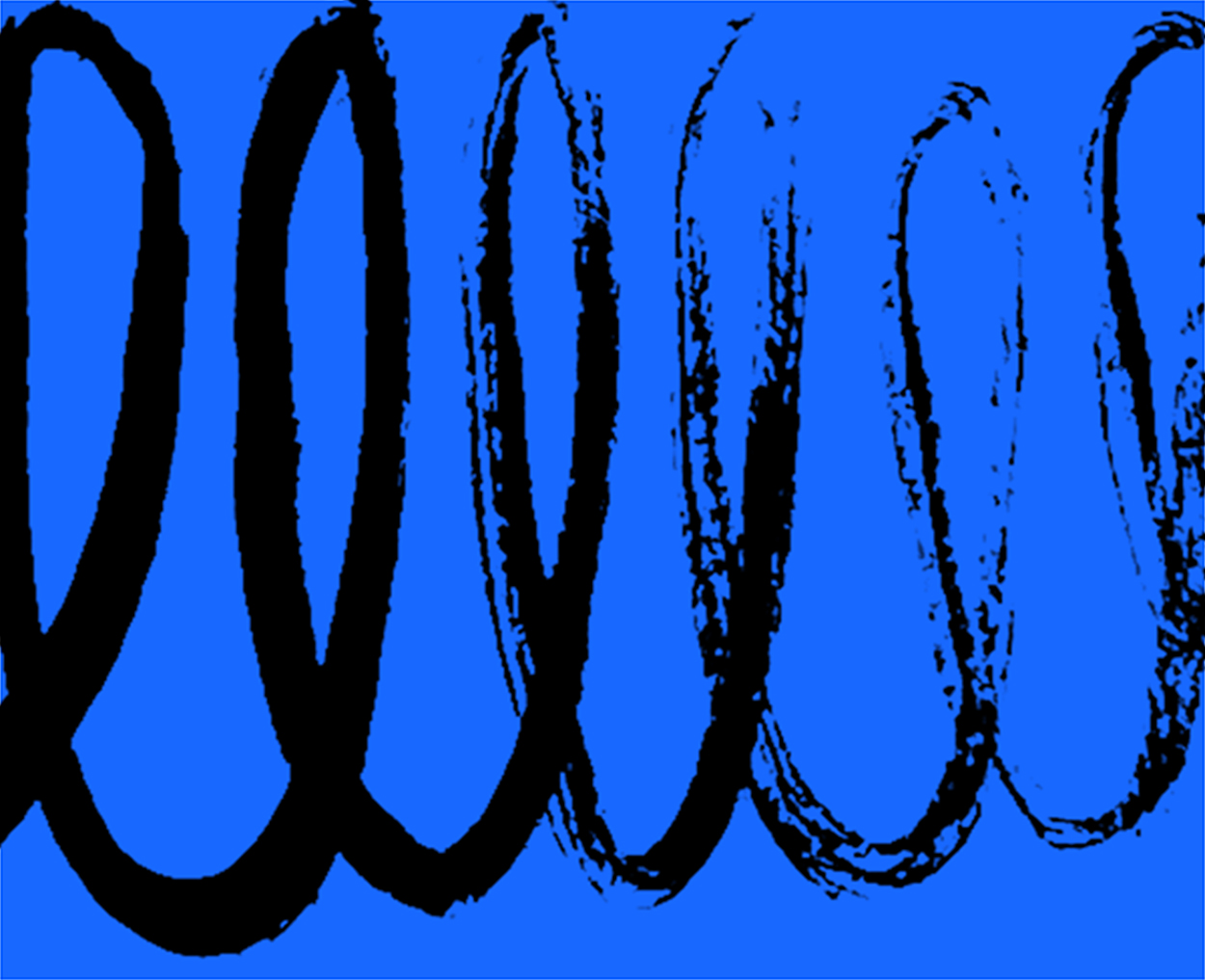
Berlin Wheatpasting
“What is desirable in our field,” said Milton Glaser in 2002, “is continuous transgression.” Berlin wheatpasters know that. They”s cheap rents, radical politics and vibrant culture. There was Craig Robinson, an Englishman known for tiny pixel portraits of pop stars (he calls them Minipops). There was Jason Forrest, an escapee from Brooklyn and the Bush administration, once a visual artist but now a sample-happy ‘appropriationist’ musician known as Donna Summer. There was a Spaniard called Mario, who’s making Jason’s new video, and a couple of his friends, some young Americans who introduced themselves as The Simultaneous Brothers.
The Simultaneous Brothers were, visually, the coolest people there. One of them wore a Russian football scarf, the other a sweater with a naive soccer scene hand-painted onto it, around his head a white headband depicting pink and orange skiers. The sports-themed clothes had clearly been hand-picked for a couple of euros at some thrift store, perhaps nearby Humana (all profits go to third world development schemes). The Brothers arrived with a big tub of wheatpaste and a stack of posters advertising an upcoming event at the Rigaer Strasse squat where they’re living. For them, my party was just the prelude to a hard night of cold, illegal work pasting posters on the walls of Friedrichshain. I picked up a handbill and read:
SIMULTANEOUS BROTHERS
DJ Crew
Public 1 animal
Trade/-Sell “Art”
Make sushi!
TANZ!!
Draw!
Mittwoch
1 euro AKTION
WAF
Rigaer 77
Cluttered and handmade, the handbill excited me. Black and white, cheaply reproduced, it had the look of a punky fanzine. Its dynamism, detail, energy and enthusiasm were appetising. Blocky, doodly, humourous lettering jostled on the page with drawings of robots, rabbits, and a Godzilla-like monster lizard. The backdrop was made up of blobby patches of schematic urban wallpaper somewhere between Paul Klee’s representation of the rooftops of Tunis and the kind of drawing an autistic child might make of Sim City. In one corner lurked a telephone sketchpad sub-Vasarely warped checker pattern, below that a hand-drawn string of LCD numbers, and nearby a parrot clinging to a lightning bolt. The whole thing could have been a big eyesore, but instead it worked the same way a Jean-Michel Basquiat painting works. It took me back to school notebooks where, instead of making mneumonics for the six wives of Henry VIII, I’ ‘Freitanz’ was set in an ecclesiatical gothic script which had been embellished with bezier-curve blots resembling splattered ink, random cross-hatchings, and flamboyant decorative descenders like antennae or peacock feathers. It looked so fresh that my first instinct was to steal: I reached for my Fujifilm F601 and made a digital note. Before long I’d made a Christmas card with a pirated, Photoshopped version of the typeface.
Berlin wheatpasting is all about appropriation and appetite, so wanting to steal seems, well, an appropriate response. As in any folk tradition worth its salt, you can be sure that what you’re stealing has been stolen in turn from someone else. Sometimes, as in the zine or folk traditions, it’s a collective artform — everything is ‘Trad. Anon.’, everything belongs to the community. At other times you can trace the theft line to an original that somebody, somewhere thinks they own, or some big company once paid someone money for. Whether anyone can police the line between diffusion and protection is another matter. You cannot have omnipresence without accessibility, and you cannot have accessibility without appropriation.

The stairway to Mitte record store Microtitan is a wheatpaste heaven, anarchically decorated (by Brooklyn B-boy turned street artist Bäst) with a kind of appropriationist wallpaper featuring the Lufthansa logo and Michael Caine’s face circa ‘The Spy Who Came In From The Cold’. One poster I recently found cool enough to steal, take home, and pin on my hall wall juxtaposed a 1980s Jean-Paul Goude image of Grace Jones with a Space Invaders skull and some deliberately poor, scratchy trackpad lettering. It was an advertisement for a concert by Kevin Blechdom, an American woman now living in Berlin. Her music (on albums like the recent ‘Bitches Without Britches’) is heavy on the samples too.
I know people who know Goude. I wonder if he’d find Kevin’s poster a tribute to, or a travesty of, his great work for Grace Jones in the 80s? Perhaps he’d look at it as philosophically as Milton Glaser, whose ‘I Love NY’ logo has entered visual folklore to the extent that, although many of us know who made it, the idea of anyone being able to police its use is laughable. In the end appetite is stronger than law.
Observed
View all
Observed
By Momus
Related Posts

Graphic Design
Sarah Gephart|Essays
A new alphabet for a shared lived experience

Arts + Culture
Nila Rezaei|Essays
“Dear mother, I made us a seat”: a Mother’s Day tribute to the women of Iran

The Observatory
Ellen McGirt|Books
Parable of the Redesigner

Arts + Culture
Jessica Helfand|Essays
Véronique Vienne : A Remembrance
Recent Posts
Why scaling back on equity is more than risky — it’s economically irresponsible Beauty queenpin: ‘Deli Boys’ makeup head Nesrin Ismail on cosmetics as masks and mirrors Compassionate Design, Career Advice and Leaving 18F with Designer Ethan Marcotte Mine the $3.1T gap: Workplace gender equity is a growth imperative in an era of uncertaintyRelated Posts

Graphic Design
Sarah Gephart|Essays
A new alphabet for a shared lived experience

Arts + Culture
Nila Rezaei|Essays
“Dear mother, I made us a seat”: a Mother’s Day tribute to the women of Iran

The Observatory
Ellen McGirt|Books
Parable of the Redesigner

Arts + Culture
Jessica Helfand|Essays

 Nick Currie, more popularly known under the artist name Momus (after the Greek god of mockery), is a songwriter, blogger and former journalist for Wired.
Nick Currie, more popularly known under the artist name Momus (after the Greek god of mockery), is a songwriter, blogger and former journalist for Wired.